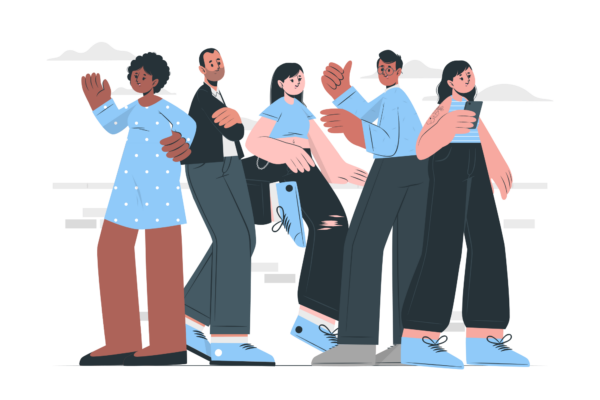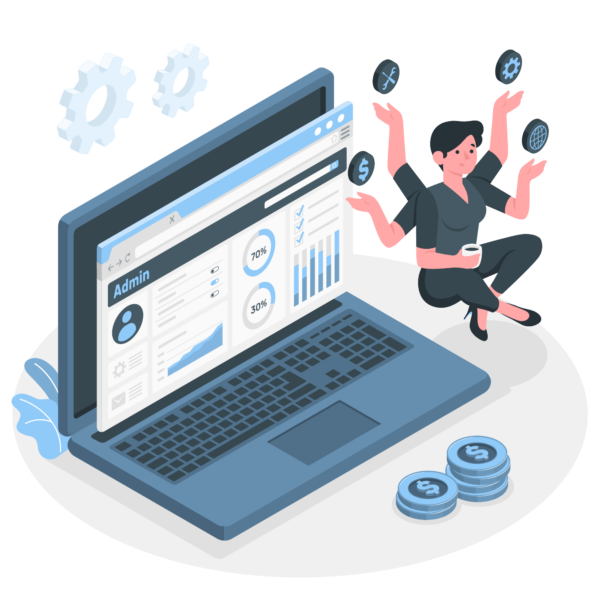An organization chart is a graphical representation of the structure of a company. Businesses use organizational charts to clarify their structure so that all employees understand it. These charts help every person in the firm understand their jobs, immediate supervisors, responsibilities, and accountability. This article discusses the advantages of organizational charts.
Advantages of Organizational Charts
There are many different types of organizational charts. Finding the one that suits the needs of your company is essential. It is equally important to update your charts regularly as they can instantly become outdated. Regardless of the complexity of your company, your organizational chart should be a dynamic, living document.
Below, we’ve discussed the benefits of organizational charts for your teams:
1. Each employee can see their role
Organizational charts allow new employees to quickly learn their position in a company, their part, who they report to, etc. For example, when new employees join a company, they might know their immediate supervisors from the onboarding. However, they haven’t met everyone on or outside the team.
So if during a meeting, a colleague says something like, “I’ve spoken to James about A. They’re waiting for Craig to do B so that Paul can approve C.” The new employee will have many questions like who are these people? Do we work in the same department? What are their titles? , etc.
This is where an organizational chart comes in. If the new employee has the organizational chart, they’ll be able to get answers to all these questions.

2. Organizational Charts contain a lot of information
Say you’re a new employee, and you can immediately view each name, job title, and reporting connection by looking at a graphic diagram in your company’s HR system.
Some businesses put contact information on their organizational charts. If employees examine it to learn the reporting structure, they will have the information they need to interact with the correct person.
New employee who understands their place in the business and the chain of command may concentrate on mastering their duty. When searching for basic information such as contact information, employees might quickly lose enthusiasm about following up.
In addition, an organization chart isn’t simply for new employees. It is critical to have an organizational chart with a feature that shows the date of employment and promotion history. Employees are more inclined to feel they can advance in their professions if they see their peers advance. Employees frequently depart due to a lack of promotion chances. If your company’s owner places a high value on employee growth, an organizational chart can demonstrate this to existing employees.

3. Improves communication and flow of information
Having an organizational chart allows employees to quickly learn who to report to and who to contact to resolve a problem or query. The seamless flow of information inside an organization helps speed up decision-making. A well-defined organizational chart facilitates interdepartmental communication, which increases overall efficiency in your firm. This is especially true in large corporations with multiple departments.
Resilient businesses utilized smart technology during the pandemic and developed innovative cooperation methods. Teams no longer in the same physical area may find it challenging to communicate effectively. A digital organizational chart that employees and department managers can access 24 hours a day, seven days a week, is essential, especially for teams that are working remotely.

4. Motivates Employees
A well-designed organizational chart can also serve as a career advancement and promotion roadmap. They allow companies to provide good career paths for entry-level personnel.
An entry-level marketing assistant, for example, may see from the organizational chart that they can advance to the positions of a marketing expert, social media marketer, digital marketing supervisor, marketing manager, and, eventually, director of marketing. Seeing your firm’s chart in this light may be an excellent motivation for employees who want to know that they can advance their careers within their organization.

5. Aids in workload management
A well-managed organizational chart makes it easier to visualize people’s tasks. This is especially suitable for assessing managers’ responsibilities since it shows how many employees they supervise and, in some instances, how many departments they oversee.
Learn more: Organizational Structure vs Organizational Chart
Endnote
There are many advantages of organizational charts for businesses. They make it easy for employees to understand the organizational structure and learn their responsibilities. To make the most out of an organizational chart, it is essential to update them regularly so they don’t become obsolete.
Most Recent Posts
Explore the latest innovation insights and trends with our recent blog posts.













